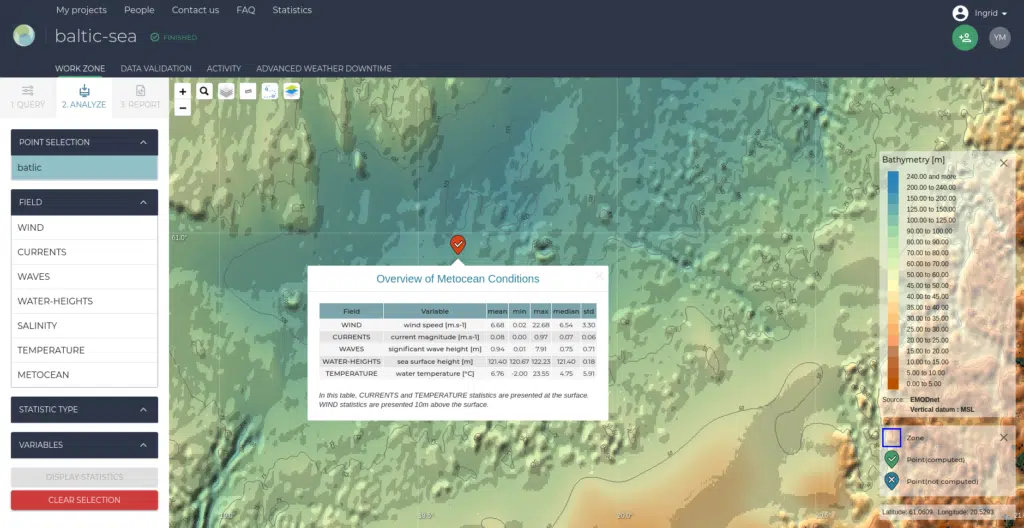



Weather downtime estimations are crucial for offshore operations because they:
Weather can impact offshore operations in several ways:
The advanced weather downtime feature is a comprehensive tool that:
The Environments Table is a crucial component that: